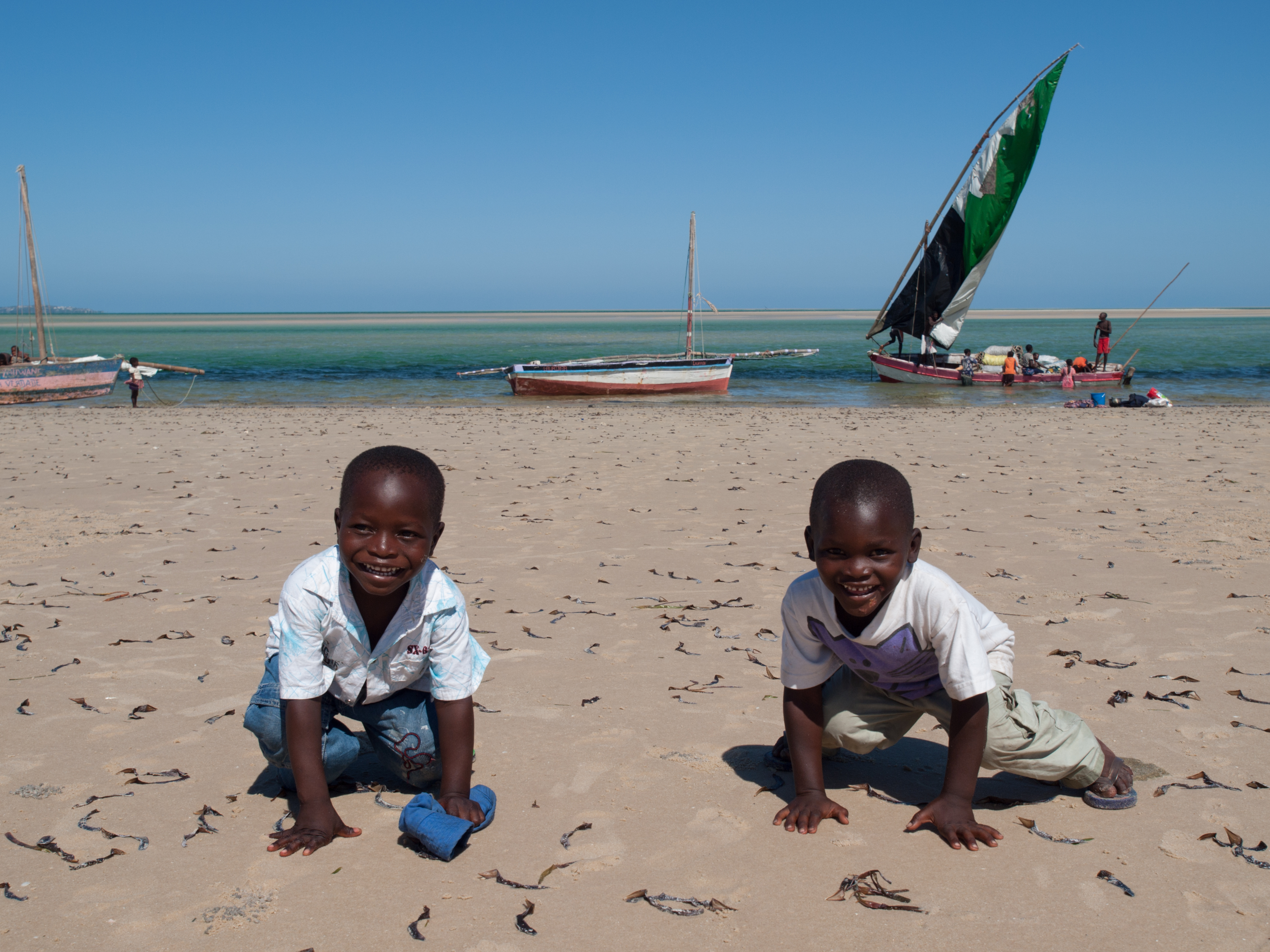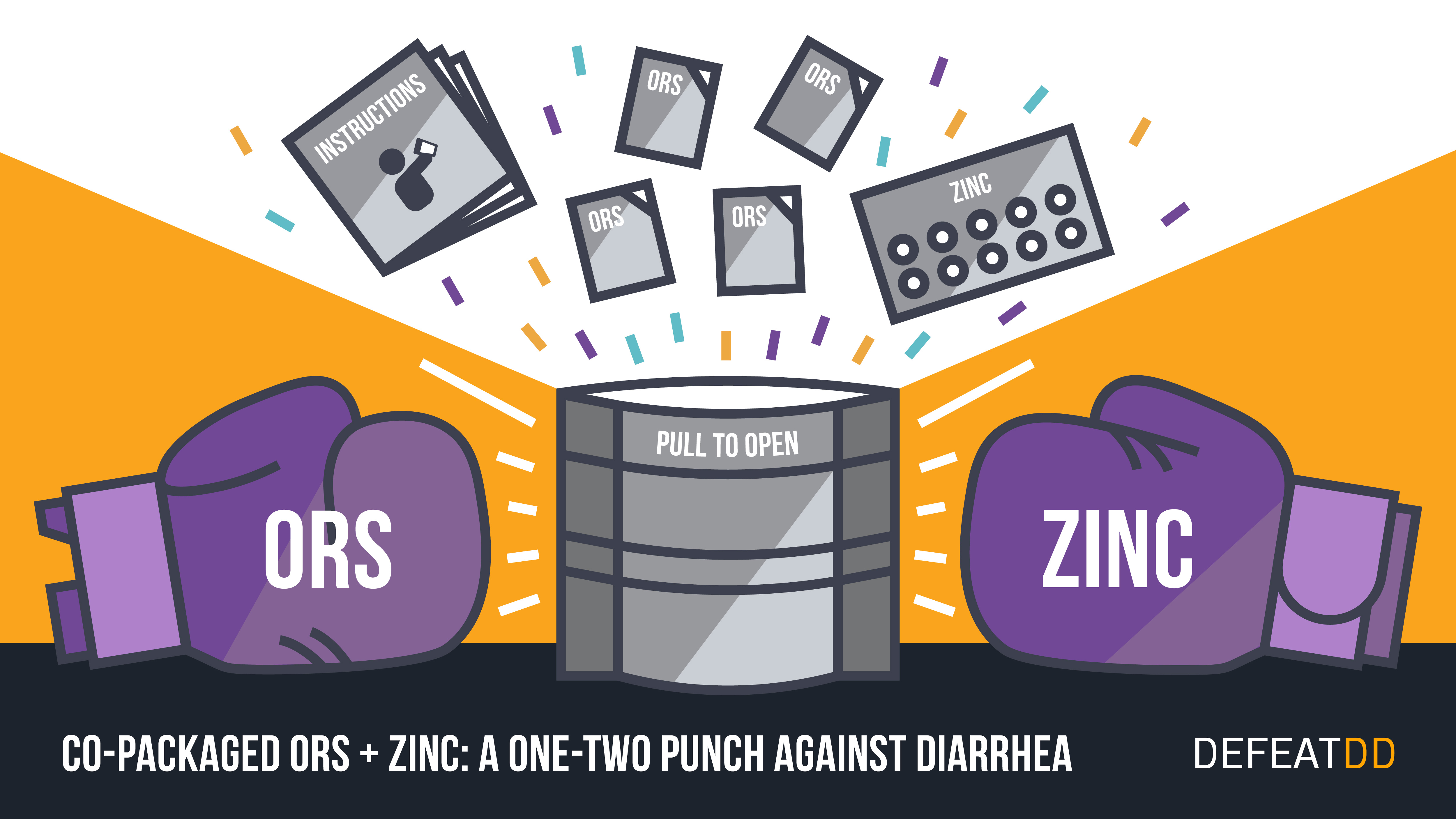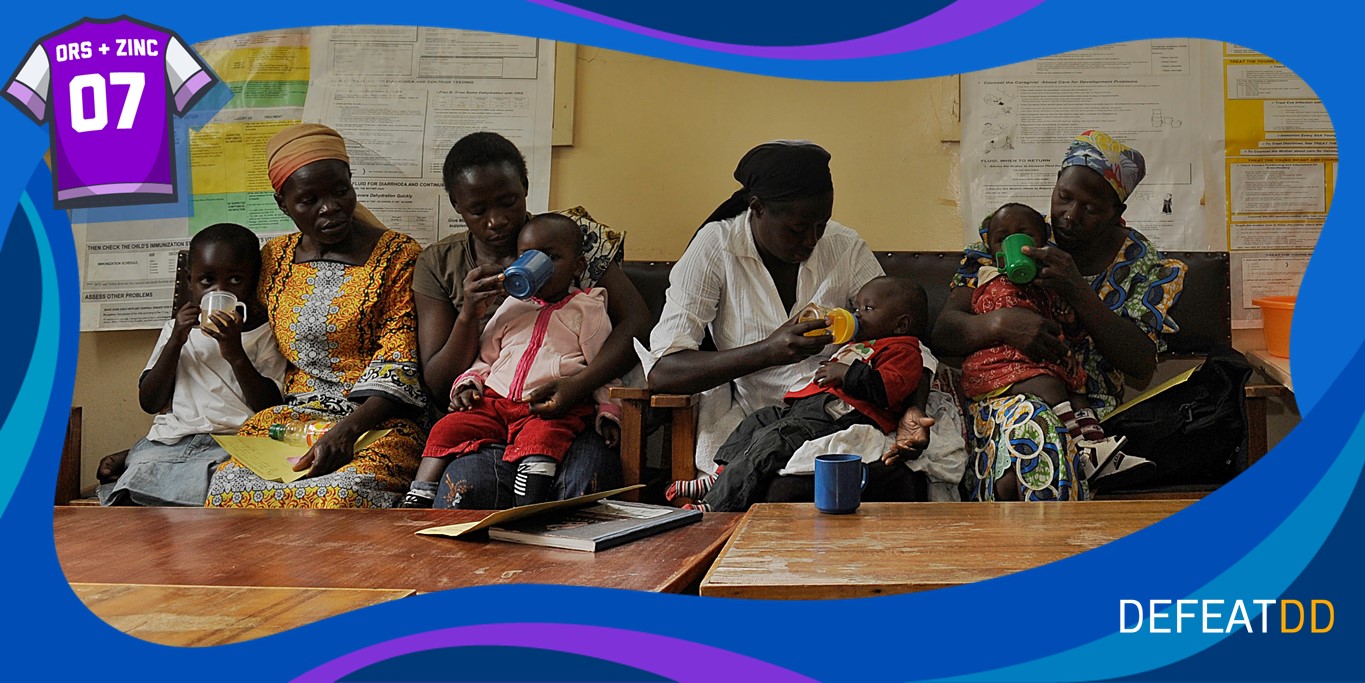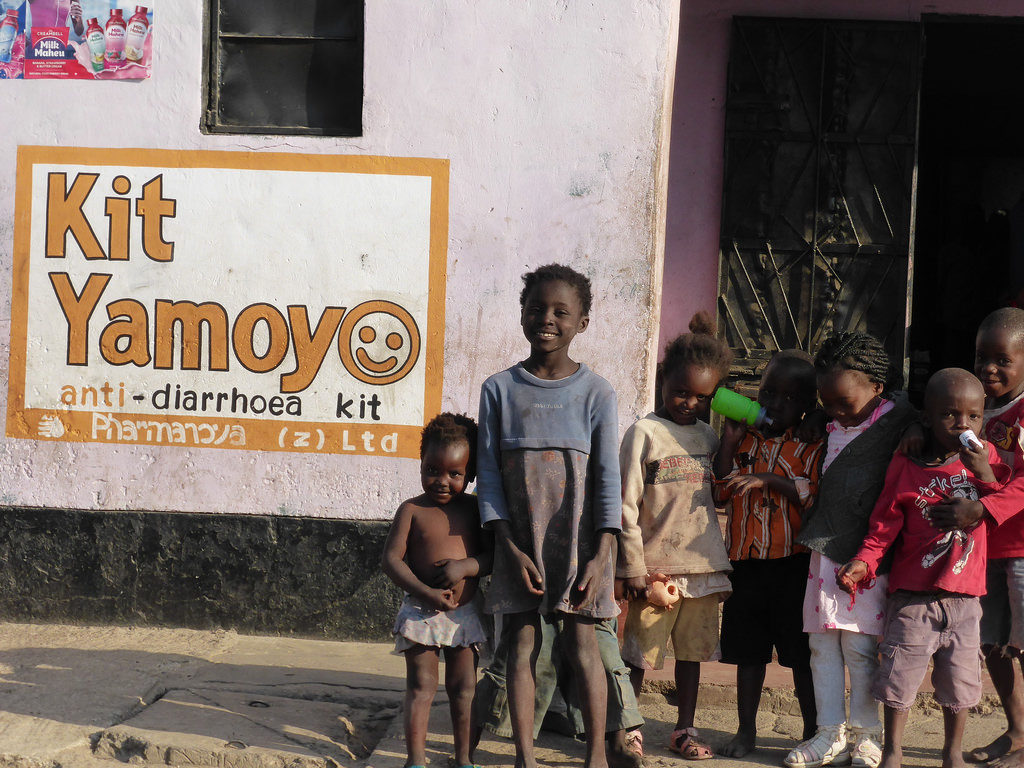Where do parents go to help treat their child’s diarrhea?
|

When a child has diarrhea, parents and other caregivers find themselves asking a lot of questions. Should I take care of my child
at home or should I go outside to seek treatment? If I have to seek outside treatment, where do I go? Why is poop so gross? (Okay, so that’s probably not a caregiver’s main concern, but it has likely crossed his or her mind).
Sustaining Health Outcomes through the Private Sector (SHOPS) Plus, USAID’s flagship initiative in private sector health, analyzed the latest Demographic and Health Survey data from 24 USAID priority countries to determine where sick children are taken for treatment or advice. In addition to diarrhea, we looked at two of the other most common, treatable childhood illnesses for children under five: fever and acute respiratory infection symptoms. For purpose of this post, we will focus on diarrhea.
Diarrhea affects a significant number of children under five. We found that this statement holds true across regions. The average prevalence of diarrhea for priority countries in each region is practically the same: 14 percent in Asia, 14.2 percent in East and Southern Africa, and 14.1 percent in West and Central Africa.
If a child has diarrhea, caregivers have to decide what to do next. Nearly two-thirds (64 percent) of caregivers choose to seek care for diarrhea outside the home. This percentage is slightly lower than the 70 percent of caregivers who seek care outside the home for acute respiratory infection or the 68 percent who do so for fever.
The decisions do not end there. Depending on what type of care is available, caregivers go to the public sector, private sector, or other sources of care (such as traditional healers or family members). Globally, 52 percent of caregivers seeking advice or treatment outside the home for diarrhea use the public sector, 41 percent use the private sector, and the remaining 7 percent use other sources.
Despite some differences between care-seeking among the poorest and richest quintiles, the data suggest that the private sector is not just for the wealthy. Rather, a substantial number of the poorest caregivers go to the private sector.
After all of that, you may ask yourself, “Why should I care?” To prevent child deaths due to diarrhea, we need to understand if and where caregivers seek treatment outside of the home. This information is key to ensuring resources are effectively programmed to improve child survival. As these data show, we cannot focus solely on the public sector if we’re going to make a meaningful impact.
If you want to learn more, check out our global brief and 24 country-specific briefs and presentations. Dive into the data using our online tool, Private Sector Counts. In addition, we are in the process of hosting a four-part webinar series and will post recordings of each webinar on the SHOPS Plus website.
Photo credit: Holger Mette.













